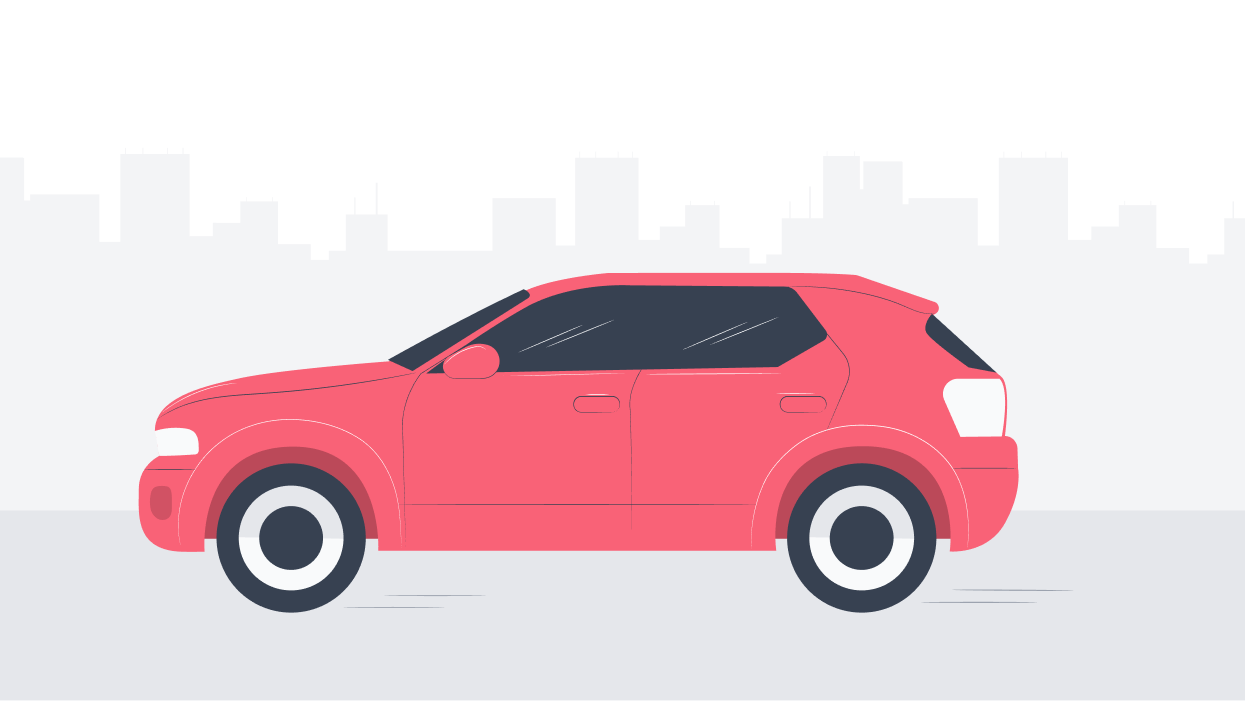
Claiming capital allowances on cars
August 1, 2022What are capital allowances?
Can you claim capital allowances on cars?
What classifies as a car?
What does not classify as a car?

How to claim capital allowances on cars
How much tax relief can I claim on my car?
| Car description | Claim |
|---|---|
| New and unused, CO2 emissions are 0g/km (or car is electric) | First year allowances |
| New and unused, CO2 emissions are between 1g/km and 50g/km | Main rate allowances |
| Second hand, CO2 emissions are between 1g/km and 50g/km (or car is electric) | Main rate allowances |
| New or second hand, CO2 emissions are above 50g/km | Special rate allowances |





